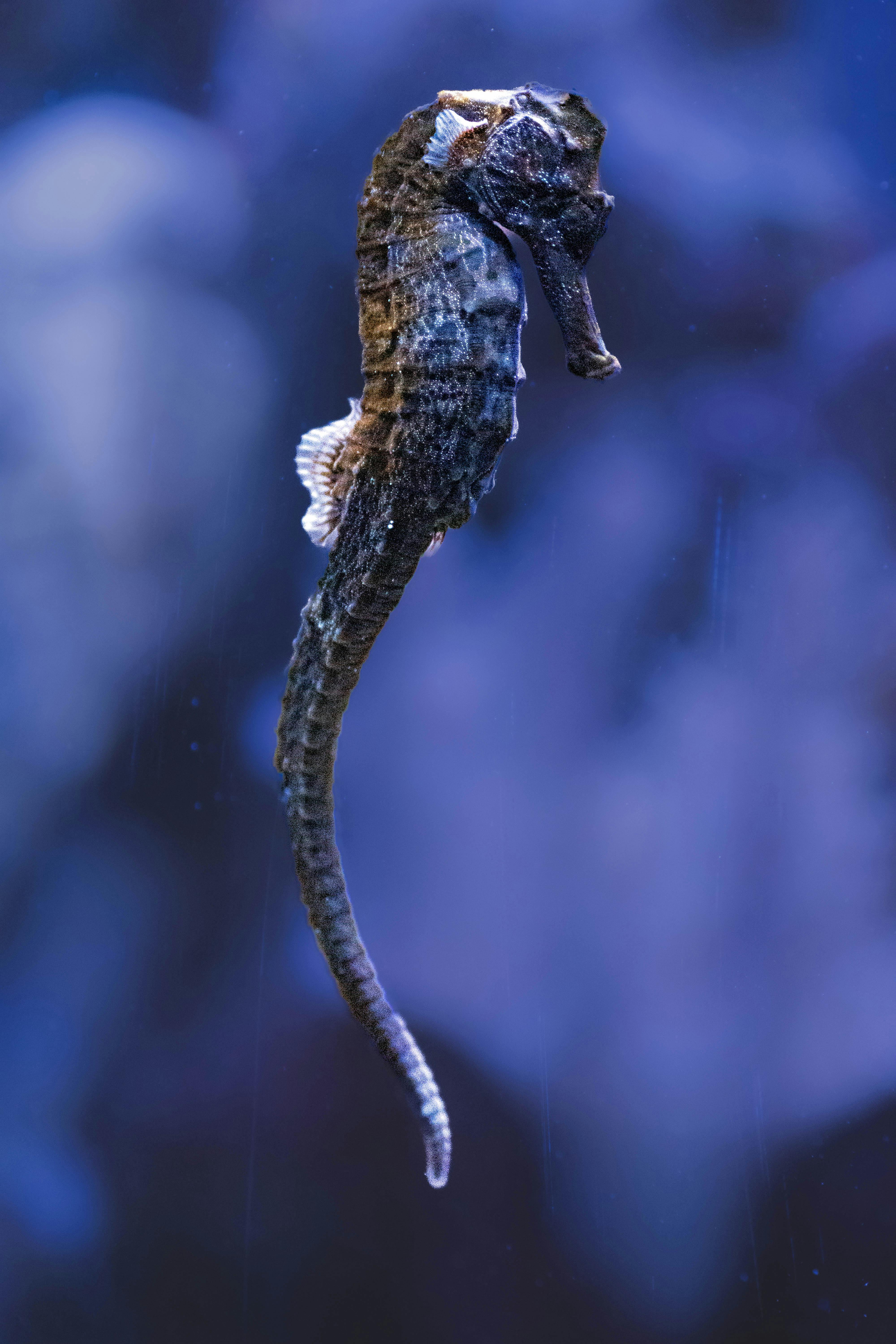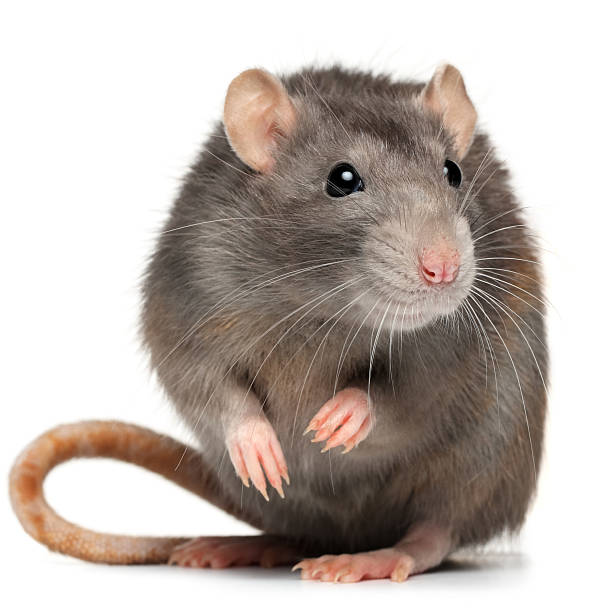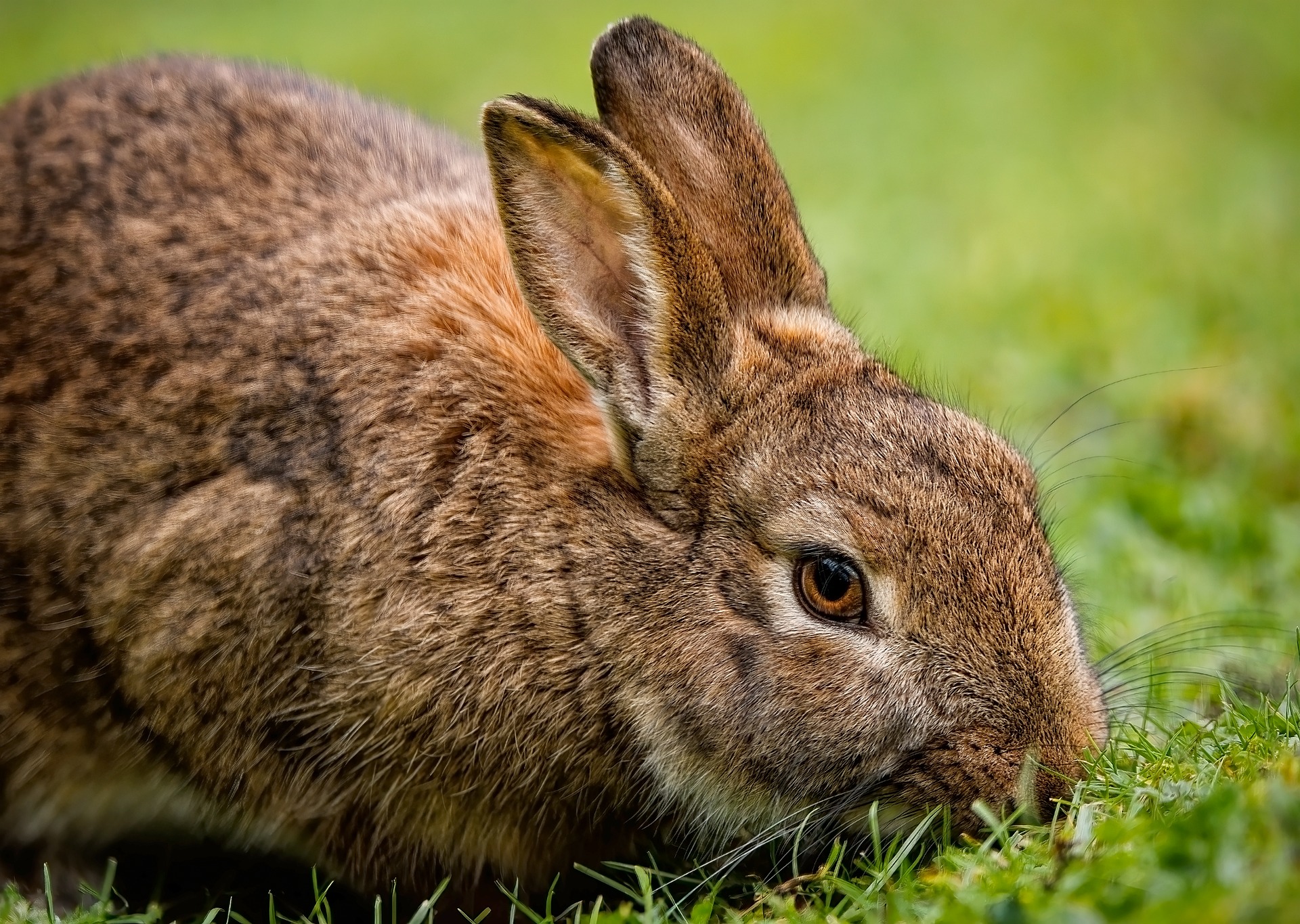**Unveiling the Secrets of the Seahorse World**
Seahorses have long captured our fascination with their unique characteristics and behaviours. Today, we dive deep into the world of these marine creatures, unraveling their intriguing life cycle, exploring recent research findings, and understanding the challenges they face in their natural habitats.

A Profile of the Seahorse
Seahorses, or Hippocampus in scientific terms, are a group of marine fish that are part of the Syngnathidae family. Their name, derived from the Greek words “hippos” (horse) and “kampos” (sea monster), may seem misleading as these creatures are neither monstrous nor closely related to horses. Instead, seahorses have a unique appearance that sets them apart from other marine species, featuring a horse-like head, a prehensile tail, and a body covered in bony plates.
Seahorses are found in shallow tropical and temperate waters across the world. They are known for their monogamous mating habits and unique reproductive process where the male carries the fertilized eggs in a specialized pouch until they hatch.
A Peek into the Seahorse Life Cycle
The seahorse life cycle is captivating due to the role reversal in childbearing. The male seahorse, after receiving the eggs from the female, carries them in his brood pouch for 9 to 45 days, depending on the species. Once the eggs hatch, the male undergoes contractions to expel the young seahorses, which are miniature replicas of their parents.
The young seahorses, known as fry, are independent from birth and receive no parental care. They drift along with the plankton in the ocean, and their chances of survival are slim. As they grow and mature, they develop their characteristic traits and behaviors, ready to continue their species’ unique reproductive cycle.
The Latest Seahorse Discoveries
Recent research has shed new light on the seahorse world. A 2020 study by the University of British Columbia revealed that seahorses have a unique genetic code that explains their peculiar body structure and reproductive system. This groundbreaking research has increased our understanding of these fascinating creatures.
Another interesting finding is the discovery of Pygmy Seahorses in the Coral Triangle. These tiny creatures, measuring less than 2 centimeters, have brought a new dimension to our understanding of seahorse diversity.
Seahorses and Conservation Efforts
Despite their captivating allure, seahorses face numerous threats in the wild. Overfishing, habitat loss, and climate change are the most pressing challenges. These threats have led to a decline in seahorse populations, pushing several species towards the brink of extinction.
To counter this, numerous conservation efforts are in place. The Seahorse Project, a global initiative, aims to protect seahorse habitats and promote sustainable fishing practices. The Convention on International Trade in Endangered Species of Wild Fauna and Flora (CITES) has also implemented regulations to control seahorse trade.
The Seahorse Market
Seahorses are often used in traditional medicines, aquarium trade, and as curiosities. The market for these unique creatures is vast, with an estimated price range that varies significantly based on species, size, and demand. However, the unregulated trade of seahorses has contributed to their population decline, emphasizing the need for strict trade regulations and sustainable practices.
Conclusion
Seahorses are fascinating creatures with a unique life cycle, intriguing characteristics, and a captivating charm. However, the threats they face in the wild highlight the need for conservation efforts and sustainable practices. As we continue to learn more about these marine creatures, let’s remember the importance of their preservation for future generations.




